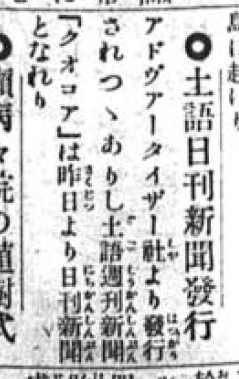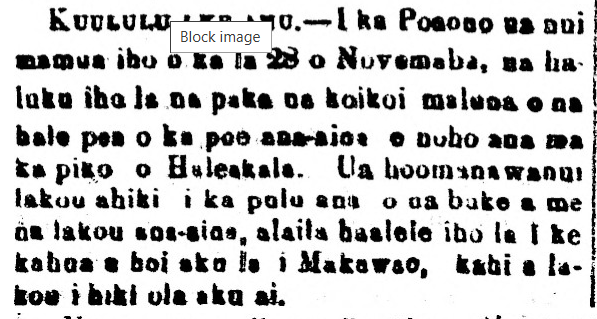[Found under: “NA MEA KUPONO NO NA HOME” (Things Good for the Home)]
For Hawaiian women’s lei palaoa, or boar tusk, or perhaps elephant ivory fashioned into stick pins, they can certainly be cleaned with turpentine [aila hoomaloo], and dried out in the sun for two or three days; and its shine will be like a new one.



